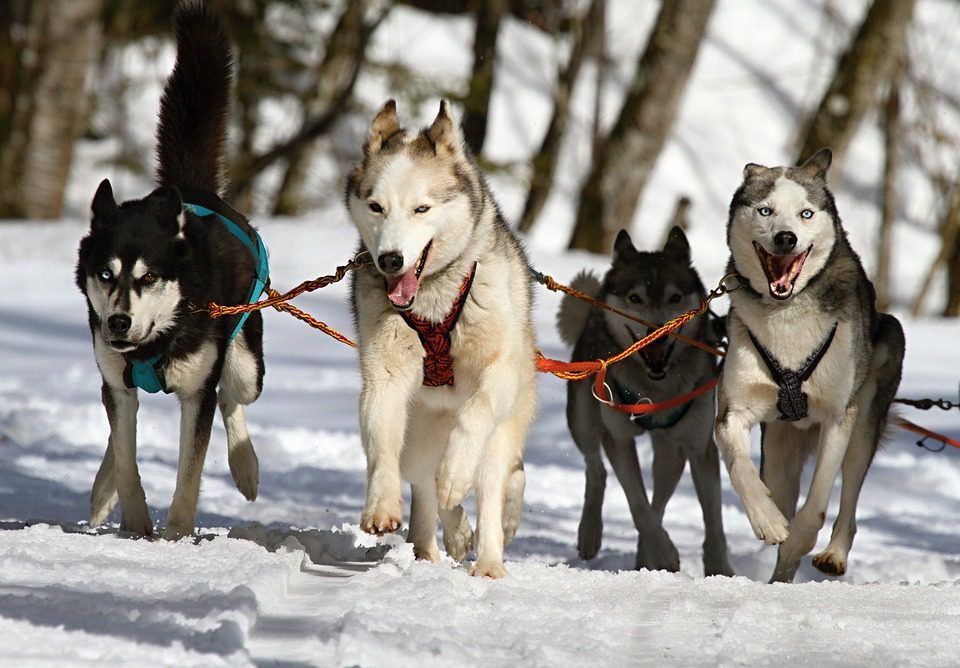Shedding is a natural process for dogs and is necessary for their health and well-being. However, some dogs may shed more than others, and this can be caused by a variety of factors. Understanding what triggers dog shedding can help you better manage your pup’s coat and ensure they are healthy and comfortable. Common triggers include seasonal changes, diet, stress, and underlying medical conditions. Identifying and addressing the cause of your pup’s shedding can help keep their coat healthy and reduce excessive shedding.
What Triggers Dog Shedding?
Table of Contents
Having a pet is a wonderful thing, but it comes with responsibilities. One of those is dealing with shedding. While shedding is natural and necessary for a healthy coat, it can be frustrating. Understanding what triggers dog shedding can help you better manage it.
Seasonal Shedding
Dogs shed more heavily during certain times of the year. This is especially true for those with a double coat. The amount of shedding varies based on the breed, environment, and even the individual dog.
Most dogs shed the most in the spring. This is when the coat is the thickest and the body begins to shed its winter coat. During this time, you will need to brush your dog more often.
Hormonal Changes
Your dog’s hormones can also trigger shedding. This can happen when a dog is spayed or neutered, or when they reach puberty. It can also be triggered by a change in diet or by stress.
Health Conditions
Certain health conditions can cause your dog to shed more than usual. This could be caused by parasites, allergies, or an underlying medical condition. If you think your dog’s shedding is excessive, it’s best to take them to the vet.
Lifestyle Changes
Your dog’s lifestyle can also affect shedding. For example, if they’re not getting enough exercise or are being groomed too often, it can trigger an increase in shedding.
Environmental Factors
Another factor that can affect your dog’s shedding is the environment. If it’s too hot or too cold, it can affect their coat. They may also shed more if they’re exposed to harsh chemicals or air pollutants.
Dietary Changes
Your dog’s diet can also affect shedding. If they’re not getting enough vitamins and minerals, it can cause their coat to become dry and brittle. This can lead to excess shedding.
Conclusion
Understanding what triggers dog shedding can help you better manage it. It’s important to remember that seasonal shedding is normal and necessary for a healthy coat. However, if you think your dog’s shedding is excessive, it’s best to take them to the vet. Additionally, lifestyle, diet, and environmental factors can all affect shedding. By paying attention to these factors, you can help keep your dog’s coat healthy and minimize shedding.
Debunking Common Myths about Dog Shedding
Myth 1: Shedding is mainly caused by the season or climate.
Fact: While the season and climate can affect shedding, it is mainly caused by the natural growth cycle of the dog’s fur. Dogs shed their fur to make room for new fur growth.
Myth 2: All dogs shed an equal amount.
Fact: While all dogs shed, the amount that they shed varies greatly depending on the breed. Some breeds shed more than others, or have a longer or shorter shedding cycle.
Myth 3: Shedding only happens once a year.
Fact: Dogs may shed more heavily at certain times of the year, but shedding is an ongoing process that happens throughout the year.
Myth 4: Shedding is caused by stress or poor nutrition.
Fact: While stress and poor nutrition can contribute to shedding, it is not the main cause. Shedding is a normal part of a dog’s growth cycle and is not necessarily caused by external factors.
Frequently Asked Questions
What causes a dog to shed?
Answer: Dogs shed for a variety of reasons, including seasonal changes, age, diet, and health conditions. In most cases, shedding is a sign that a dog’s coat is changing and growing in.
How can I reduce my dog’s shedding?
Answer: Regular brushing and grooming can help reduce shedding by removing excess fur from the coat. Additionally, adjusting your dog’s diet to include fatty acids, omega-3s, and other nutrients can help promote healthy skin and reduce shedding.
Conclusion
.
Dog shedding is a normal, necessary part of having a healthy coat. However, there are several factors that can cause a dog to shed more than usual. These include seasonal shedding, hormonal changes, health conditions, lifestyle changes, environmental factors, and dietary changes. To minimize shedding, it’s important to pay attention to these factors and take your dog to the vet if it seems excessive.






